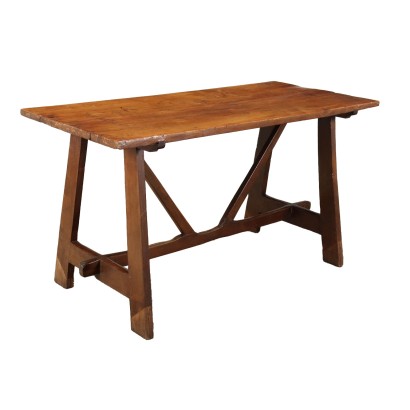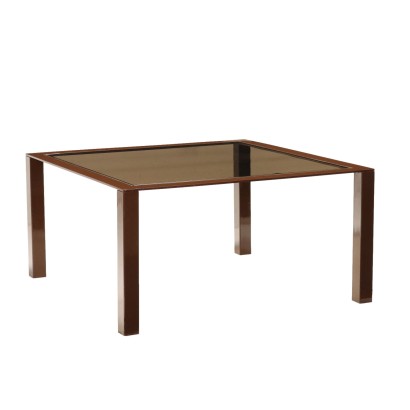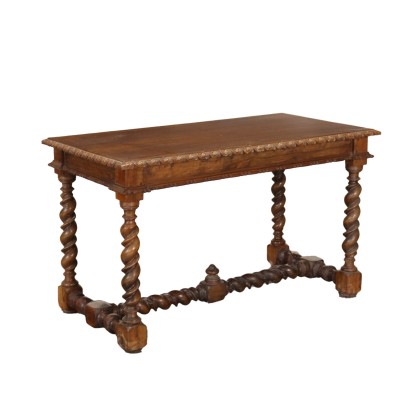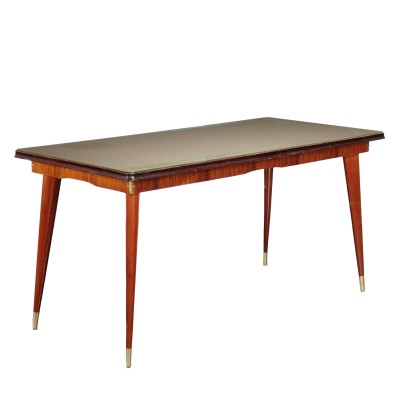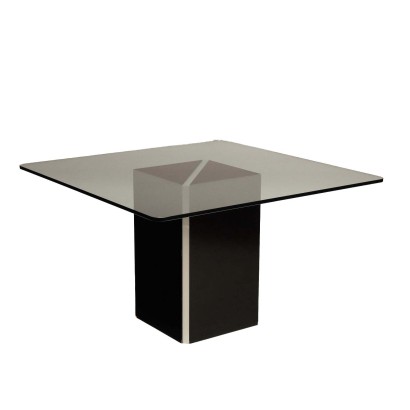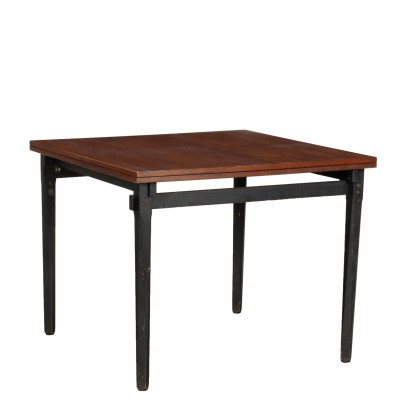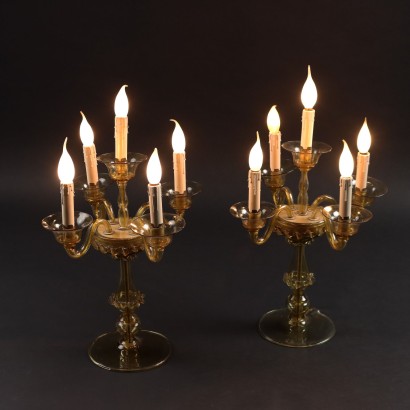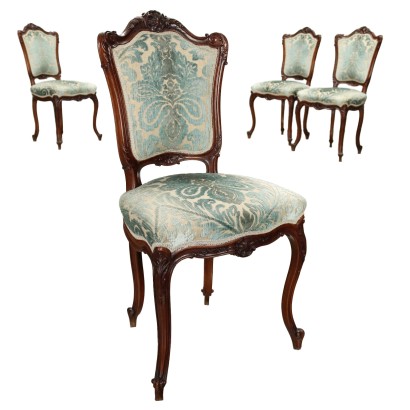Refectory Table Walnut Italy XX Century - Italy, Early XX Century
Features
Italy, Early XX Century
Age: 20th Century / 1901 - 2000
Origin: Italy
Description
Walnut and elm refectory table made with antique woods, Italy, early 20th century. Trestle legs connected by crosspiece and under-top bolts.
Product Condition:
Product that due to age and wear requires restoration and re-polishing.
Dimensions (cm):
Height: 80,5
Width: 151
Depth: 68
Additional Information
Age: 20th Century / 1901 - 2000
20th Century / 1901 - 2000Main essence:
Walnut
Walnut wood comes from the plant whose botanical name is juglans regia , probably originally from the East but very common in Europe. Light or dark brown in color, it is a hard wood with a beautiful grain, widely used in antique furniture. It was the main essence in Italy throughout the Renaissance and later had a good diffusion in Europe, especially in England, until the advent of mahogany. It was used for solid wood furniture and sometimes carvings and inlays, its only big limitation is that it suffers a lot from woodworm. In France it was widely used more than anything else in the provinces. In the second half of the eighteenth century its use decreased significantly because mahogany and other exotic woods were preferred.Elm
Very hard and compact wood, which comes from ulmus campestris . It is distinguished by its reddish brown color. It was mainly used for rustic furniture in France, Holland and Scandinavia. In England, however, it was also used a lot in inlay work. Alternative proposals
It could also interest you



